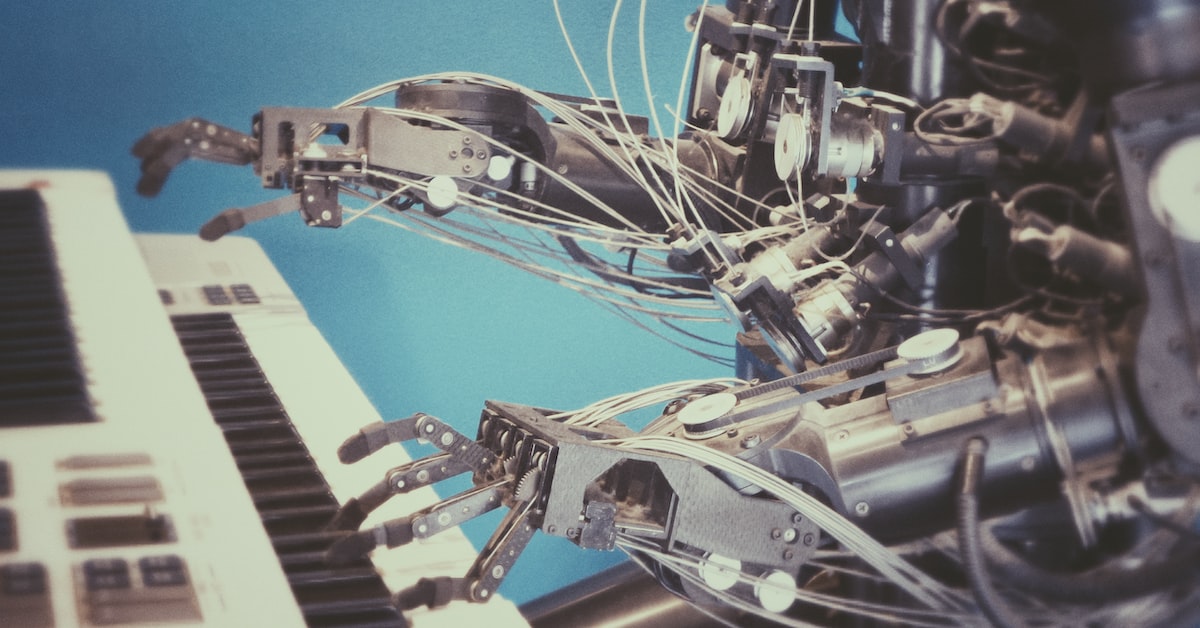Exploring the World of Nanomedicine: Targeted Healing at the Molecular Level
In the realm of medical innovation, nanomedicine has emerged as a groundbreaking approach that harnesses the power of nanotechnology to revolutionize diagnostics, treatment, and overall healthcare. By delving into the fascinating world of nanomedicine, we uncover a realm where healing happens at the molecular level, introducing a new era of precision and effectiveness in medicine. Exploring the World of Nanomedicine
Table of Contents
- Introduction to Nanomedicine
- Nanoparticles: The Tiny Envoys of Healing
- Targeted Drug Delivery for Enhanced Efficacy (H2)
- Imaging and Diagnostics with Nanoscale Precision (H2)
- Nanobots: The Future of Minimally Invasive Procedures (H2)
- Overcoming Biological Barriers (H2)
- Ethical and Safety Considerations (H2)
- Nanomedicine’s Impact on Various Medical Fields (H2)
- Future Prospects and Advancements (H2)
- Conclusion
Introduction to Nanomedicine
Nanomedicine is a cutting-edge field that melds nanotechnology with medicine, offering a new horizon of possibilities for disease detection, treatment, and prevention. At its core, nanomedicine involves the manipulation of materials at the nanoscale (one-billionth of a meter) to create devices, nanoparticles, and even nanobots that interact with biological systems on a cellular and molecular level.
Nanoparticles: The Tiny Envoys of Healing
Nanoparticles, often made from materials like gold, lipids, or polymers, have opened up avenues for targeted drug delivery and imaging. Their minuscule size allows them to navigate through the bloodstream, seeking out specific cells or tissues. This targeted approach minimizes collateral damage to healthy cells and enhances the therapeutic effect.
Targeted Drug Delivery for Enhanced Efficacy
One of the most remarkable feats of nanomedicine is its ability to enhance drug delivery. By attaching drugs to nanoparticles and functionalizing their surfaces, medications can be precisely transported to the intended site of action. This not only reduces side effects but also increases the drug’s overall effectiveness.
Imaging and Diagnostics with Nanoscale Precision
Nanotechnology has transformed medical imaging. Contrast agents made of nanoparticles improve the visibility of tissues and cells during imaging procedures like MRI and CT scans. This heightened precision enables early disease detection and accurate diagnosis.
Nanobots: The Future of Minimally Invasive Procedures
Nanobots, often envisioned as microscopic robots, hold tremendous promise for minimally invasive surgeries. These nanobots can navigate through the body, accessing hard-to-reach areas with unparalleled precision. They could revolutionize procedures by reducing scarring, recovery time, and the risks associated with traditional surgical methods.
Overcoming Biological Barriers
Nanomedicine addresses a significant challenge in medicine: overcoming biological barriers. For instance, the blood-brain barrier has long impeded the delivery of drugs to the brain. Nanoparticles can be engineered to breach these barriers, ushering in new treatment avenues for neurodegenerative disorders and brain-related conditions.

Ethical and Safety Considerations
While nanomedicine offers incredible potential, ethical concerns and safety considerations must be carefully weighed. The long-term effects of nanoparticles on human health and the environment need thorough examination to ensure that the benefits outweigh any potential risks.
Nanomedicine’s Impact on Various Medical Fields
The impact of nanomedicine extends across diverse medical domains. From oncology to cardiology, from regenerative medicine to infectious disease treatment, nanotechnology is reshaping the landscape of healthcare. Personalized treatments tailored to an individual’s unique genetic makeup are becoming increasingly viable.
Future Prospects and Advancements
The future of nanomedicine looks exceedingly promising. As our understanding of nanoscale interactions deepens, we can anticipate even more refined therapies and diagnostic tools. Collaborations between scientists, engineers, and medical professionals will drive innovation and lead to solutions we can only dream of today.
Conclusion
In the world of nanomedicine, where healing takes place at the molecular level, the possibilities are both awe-inspiring and humbling. Nanoparticles, nanobots, and nanodevices hold the potential to transform healthcare, offering precise diagnostics, targeted treatments, and minimally invasive procedures. As we continue to explore this realm, the fusion of nanotechnology and medicine will undoubtedly redefine the way we approach health and well-being.
FAQs
Q1: How does nanomedicine differ from traditional medicine? A: Nanomedicine involves working at the nanoscale to create novel medical solutions, whereas traditional medicine relies on conventional methods.
Q2: Can nanobots replace conventional surgical procedures entirely? A: While nanobots hold promise for minimally invasive procedures, complete replacement of traditional surgery is unlikely due to the complexity of some cases.
Q3: Are there any risks associated with using nanoparticles in medicine? A: The safety of nanoparticles is a subject of ongoing research, with concerns focused on their potential long-term effects.
Q4: How might nanomedicine impact cancer treatment? A: Nanoparticles can deliver chemotherapy drugs directly to cancer cells, minimizing damage to healthy tissue and enhancing treatment efficacy.
Q5: What’s on the horizon for nanomedicine? A: The future entails even more precise treatments, advanced diagnostics, and possibly the development of innovative disease-preventing strategies.
You May Also Like This Content : Exploring the World of Robotic Surgery: Precision and Minimally Invasive Procedures




